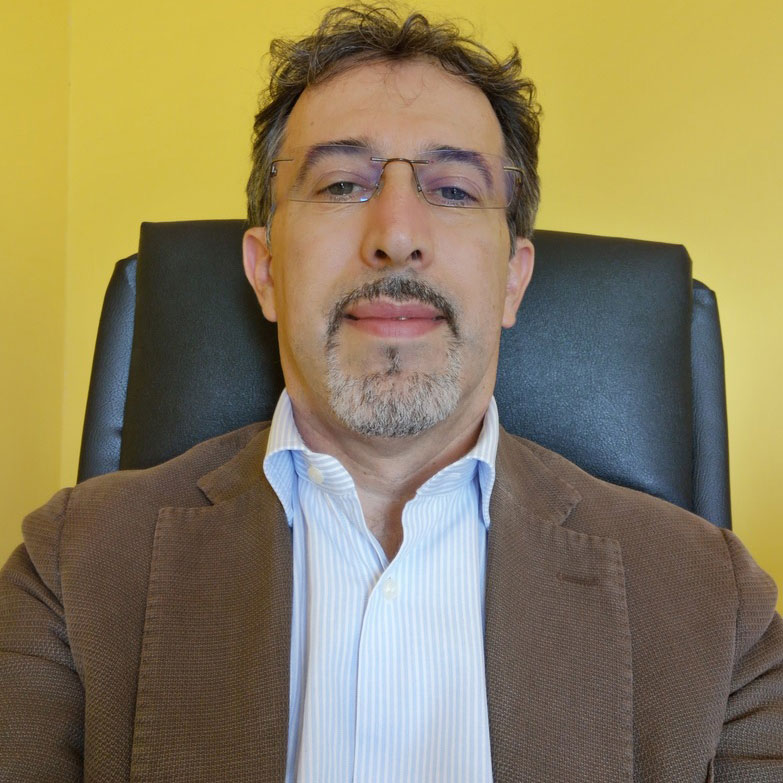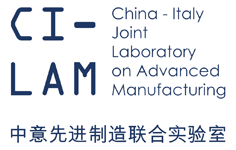Lecturers
Prof. Paolo Righettini, University of Bergamo
Abstract
The webinar proposes a comprehensive presentation of the motion control through the field bus communication network. The performances and the quality of the motion generated using this approach depends on all the components involved: the power drive system configuration, the field bus communication network used and the software interface mapping the power drive system into the control device. The main topics are: the industrial and the international standard reference solution of the power drive systems regarding the control and to the communication capabilities; the international standard reference of the field bus technologies enabling motion control over field bus like modern real-time Ethernet solutions; Motion control quality of multi-axis machinery as a function of the network communication technologies, power drive system configuration and the software interface chosen.
Friday, July 31st
Italian time: 9:00-11:00 seminar, 11:00-12:00 Match-making
Chinese time: 15:00-17:00 seminar, 17:00-18:00 Match-making

Prof. Paolo Righettini was born in Salò, Italy, in 1966. He received the Master degree in Mechanical Engineer in 1991 from Politecnico di Milano. In 1994 he became Assistant Professor of Applied Mechanics at Politecnico di Milano. In 2000 he became Associate professor at Politecnico di Milano; subsequently, he moved to the Università degli Studi di Bergamo where, since 2007 he has been Associate Professor at the School of Engineering. Here he is the head of the mechatronic research group and head of the Mechatronics and Mechanical Systems Dynamics laboratory. His research activities mainly concern the dynamic modeling and the control of mechatronic systems, kinematic and dynamic synthesis of robotic devices, kinematic synthesis and dynamic control of parallel kinematic robots. In these contests, he has interest in the modeling and control of electrical, hydraulic and piezoelectrical actuating systems. The research activities regard both the theoretical/numerical part and the experimental one.
